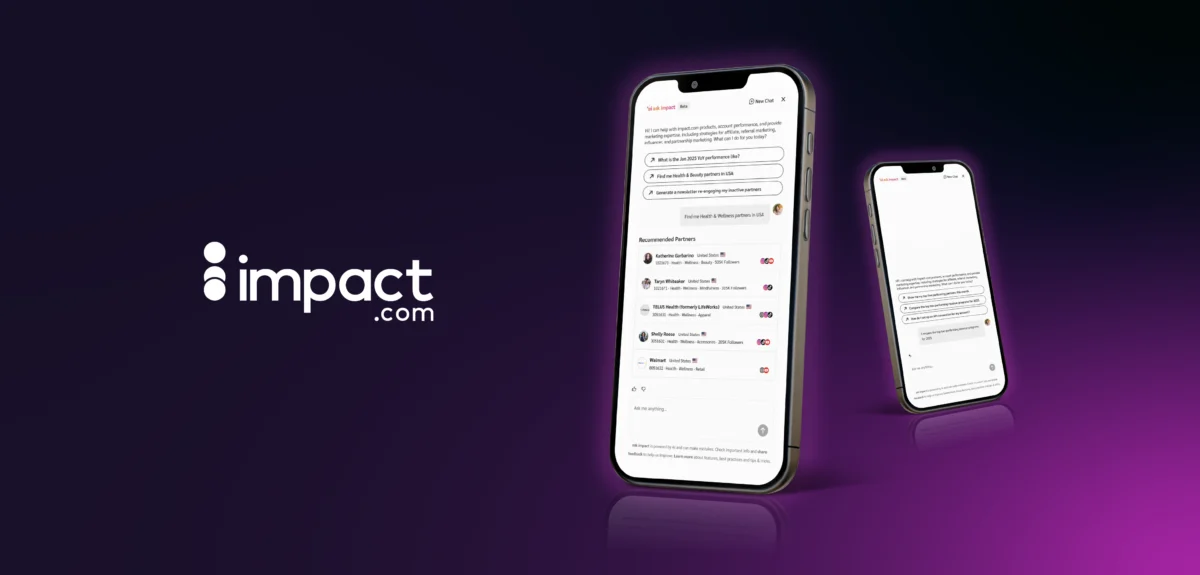More often than not, you’re looking for a quick answer when you type something into Google. And, chances are, you don’t want to sift through a 2,500-word article to find out who won the game Monday night or how much caffeine is in your matcha latte.
Enter zero-click content.
Zero-click content refers to information accessible directly from search engine results pages (SERPs) without needing to click through to a website. It includes featured snippets, knowledge panels, and other SERP features that provide immediate answers to whatever you type into the search bar.

Source: SparkToro 2024 Zero-Click Search Study
As these elements continue to evolve, they’re playing an increasingly important role in how brands maintain visibility and authority online. An analysis performed by SparkToro with data from Datos found that for every 1,000 searches on Google in the United States, 360 clicks make it to a non-Google-owned, non-Google-ad-paying property. This shows that brands need to further capture value from clicks that never leave Google.
Let’s break it down so you can adjust your content strategy to include zero-click.
Why should brands pay attention to zero-click content?
The demand for quick, digestible information drives the rise of zero-click content. Google believes that delivering immediate answers enhances the user experience. Since Google captures two-thirds of all search queries through one of its properties (Google Search, YouTube, Google Images, Google News, etc.), brands need to adapt.
By optimizing content for these SERP features, brands can remain at the forefront of user attention, even if they don’t see an uptick in website traffic.
But let’s not overlook the impact on traffic. With fewer users clicking through to websites, traditional success metrics may need reevaluation. You should strategically plan your content to work in two ways: appear in these coveted spots while driving brand recognition and engagement in ways that don’t solely rely on website visits.
Embracing zero-click opportunities involves refining search engine optimization (SEO) strategies, providing precise, authoritative content, and understanding the nuances of how SERP features operate.
How zero-click content affects a traditional content strategy
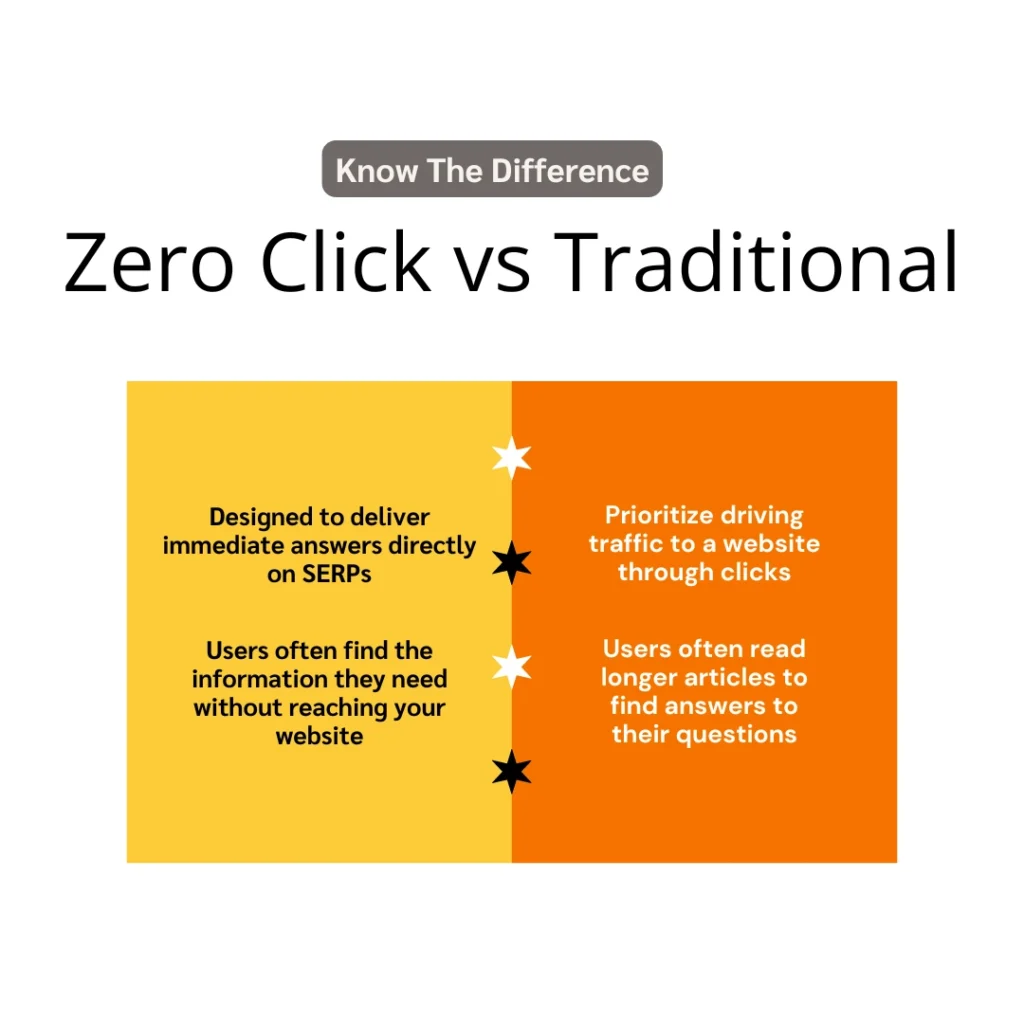
Zero-click content significantly shifts a brand’s traditional content strategy. While conventional approaches prioritize driving traffic to a website through clicks, zero-click content is designed to deliver immediate answers directly on SERPs. Users often find the information they need without reaching your website.
Traditional content strategies rely heavily on SEO to boost a site’s ranking, aiming to increase page views and site visits. The primary goal is to attract users to click through to the website, where engagement would convert into measurable metrics like time on page, bounce rate, and conversions.
However, zero-click content changes the dynamic, shifting the focus from merely attracting clicks to ensuring that your brand remains visible and authoritative within the search results.
This shifts the success metrics from pure page views to broader engagement and brand visibility. Your brand needs to adapt by optimizing for featured snippets, knowledge panels, and other SERP features that meet the user’s query on the search page.
Your content team should create concise, authoritative content that effectively answers user questions. In other words, create content for the viewer, and don’t just write to benefit the brand. This maintains your brand’s relevance and strengthens trust and recognition, even without direct site interaction.
How to identify opportunities for zero-click content to boost business reach
To identify opportunities for zero-click content, start with a comprehensive analysis of current SERPs. This involves examining the existing zero-click features such as the following:
Featured snippets
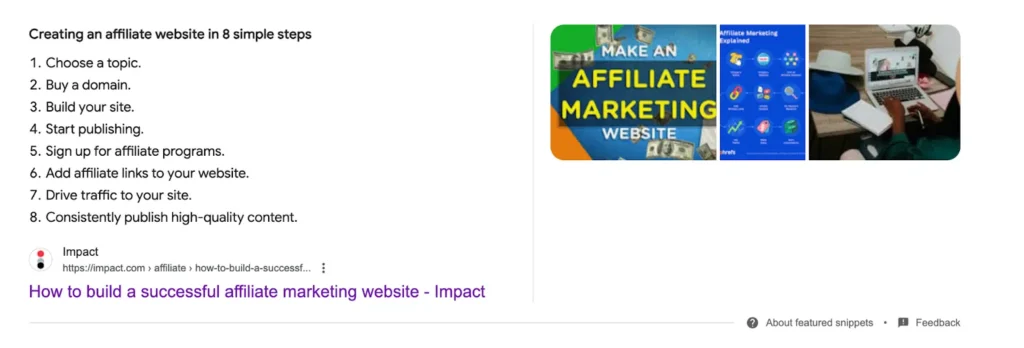
A feature snippet is a concise summary of an answer to a user’s query, prominently displayed at the top of Google’s search results. These snippets can include text, lists, tables, or images extracted from a webpage and are designed to provide users with quick, direct answers without necessitating a click-through to a website.
How to earn more featured snippets
To earn more featured snippets, start by researching common user queries in your industry or niche. Understanding what your audience often searches for lets you tailor your content to address these questions directly.
Structure your content to provide clear, concise answers. Use bullet points, lists, tables, and images where appropriate, as these formats are favored by search engines for snippets. Ensure the content is easy to read and delivers value quickly.
Add headings and subheadings to organize your content logically. This enhances user experience and helps search engines understand the hierarchy of your information. Schema markup is also vital, as it gives search engines additional context about your content, increasing the chances of being featured in snippets.
Knowledge panels
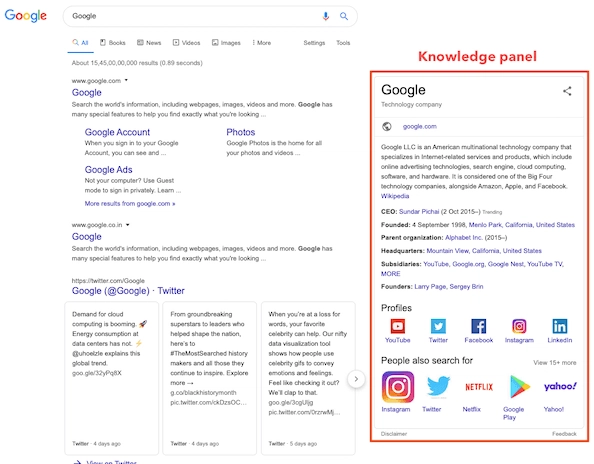
A knowledge panel is an information box on the right side of Google’s search results that offers a quick overview of a topic. It typically includes key facts, images, and links related to the search query, sourced from Google’s Knowledge Graph.
How to earn more knowledge panels
To earn knowledge panels, ensure that accurate and comprehensive information about your brand or topic is easily accessible online. This might involve updating your website with detailed, up-to-date information and ensuring any public profiles are complete and reflect current data.
Use structured data markup, such as schema.org, to significantly aid search engines in understanding your content. This markup provides context about your brand or topic, making it easier for search engines to pull relevant information into a knowledge panel.
Gain a presence on authoritative platforms like Wikipedia and Wikidata. These sites are often used by search engines as reliable sources for knowledge panels. Ensure your brand or topic is represented accurately and comprehensively on these platforms to increase your chances of being featured.
People Also Ask (PAA) boxes
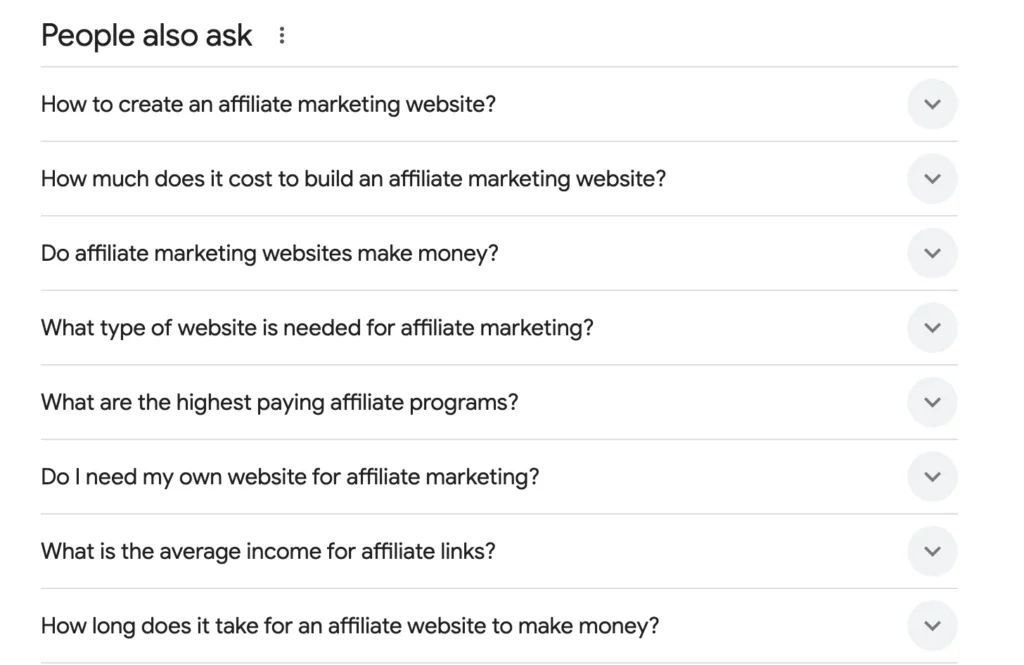
These Dynamic elements display a list of related questions users frequently search for and brief answers. Clicking on a question expands it to show the answer. PAA boxes enhance user experience by providing a deeper understanding of a topic without the need to visit multiple websites.
How to earn more PAA boxes
To earn more placements in PAA boxes, start by conducting thorough research on common questions related to your industry. This involves understanding the queries your target audience frequently asks and tailoring your content to provide clear and concise answers.
Structuring your content with question-based headings can align your material with user queries, making it more likely to appear in PAA boxes. Ensure your answers are concise and directly address the questions, enhancing the user experience by providing valuable information quickly.
Local Packs
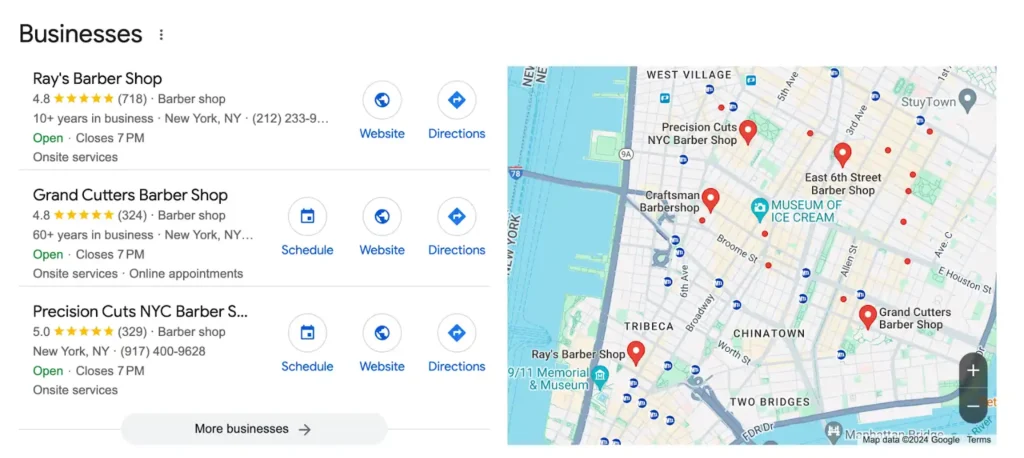
A local pack is a set of local business listings relevant to a user’s query, complete with a map, business names, ratings, and contact information. Local Packs are handy for location-based searches, offering immediate access to nearby options.
Image Packs

Image packs offer a row of images related to the search query, allowing users to visually explore content without leaving the search results page. This feature is beneficial for queries where visual context is crucial, such as products or travel destinations.
Tools, user intent, and monitoring for better results
Using SEO tools (like Semrush or Ahrefs) can help analyze which keywords and queries trigger these features, offering insights into where and how zero-click opportunities arise.
But you need to understand user intent. Focus on the types of questions users ask and tailor their content to address these queries directly. Creating concise, authoritative content that answers these questions effectively is key to securing zero-click visibility.
As search algorithms and user behaviors evolve, continuous monitoring of SERP features is essential. Regularly adapting content strategies to align with these changes ensures your brand maintains visibility and remains competitive in the digital landscape. Following these initial steps, businesses can effectively use zero-click content to enhance their online presence and authority.
Optimizing existing content for zero-click
To optimize existing content for zero-click visibility, focus on structuring your content to provide brief, concise answers to specific queries. Begin by using clear headings and adding bullet points to enhance readability and make the information easily digestible. This aids in user comprehension and aligns with the format that search engines favor for featured snippets.
Optimizing for featured snippets involves directly answering common questions within the content itself. This can be done with subheadings to provide extra context to your topic and a “frequently asked questions section.” Regularly updating content ensures it remains relevant and authoritative, which is crucial for maintaining visibility in search results.
Add schema markup—the microdata that helps search engines understand the content of a webpage— to assist search engines in understanding the context and structure of your content better. This can improve the chances of search engines selecting your content for zero-click features.
Finally, continuous performance monitoring through analytics, such as Looker Studio or GA4, is necessary to identify what works and make necessary adjustments. Following these best practices can enhance your brand’s chances of achieving zero-click visibility and strengthen your online presence.
FAQ
Zero-click content refers to information that web users can access directly from search engine results pages (SERPs) without needing to click through to a website. This includes features like featured snippets, knowledge panels, and other SERP elements that answer users’ queries immediately.
To optimize for zero-click content, focus on structuring your content to provide concise answers to specific queries. Use clear headings and bullet points to enhance readability and ensure the information is easily digestible. Incorporate schema markup to help search engines understand the context and structure of your content better. Additionally, prioritize understanding user intent by addressing common questions effectively, which can improve visibility in SERP features.



